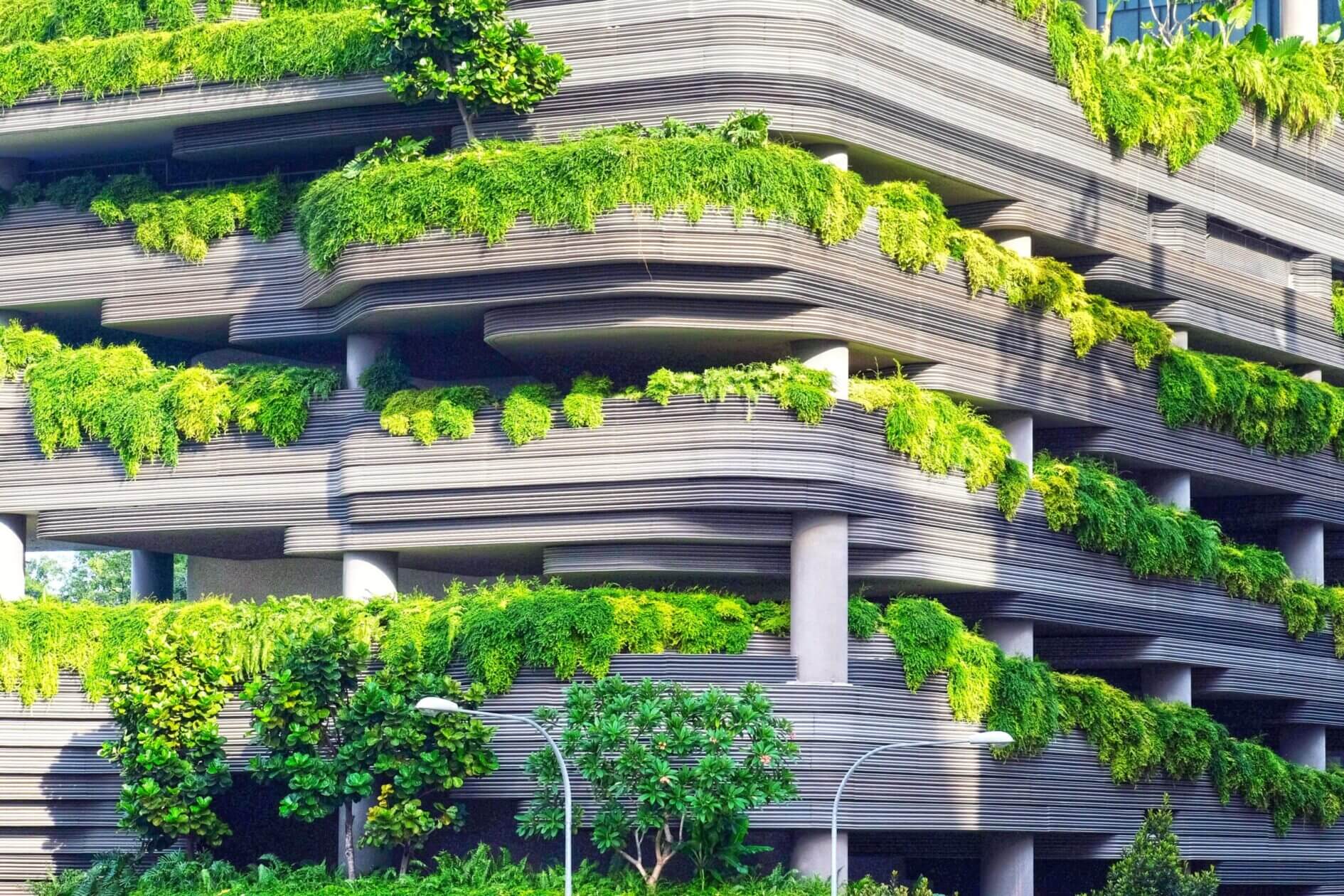
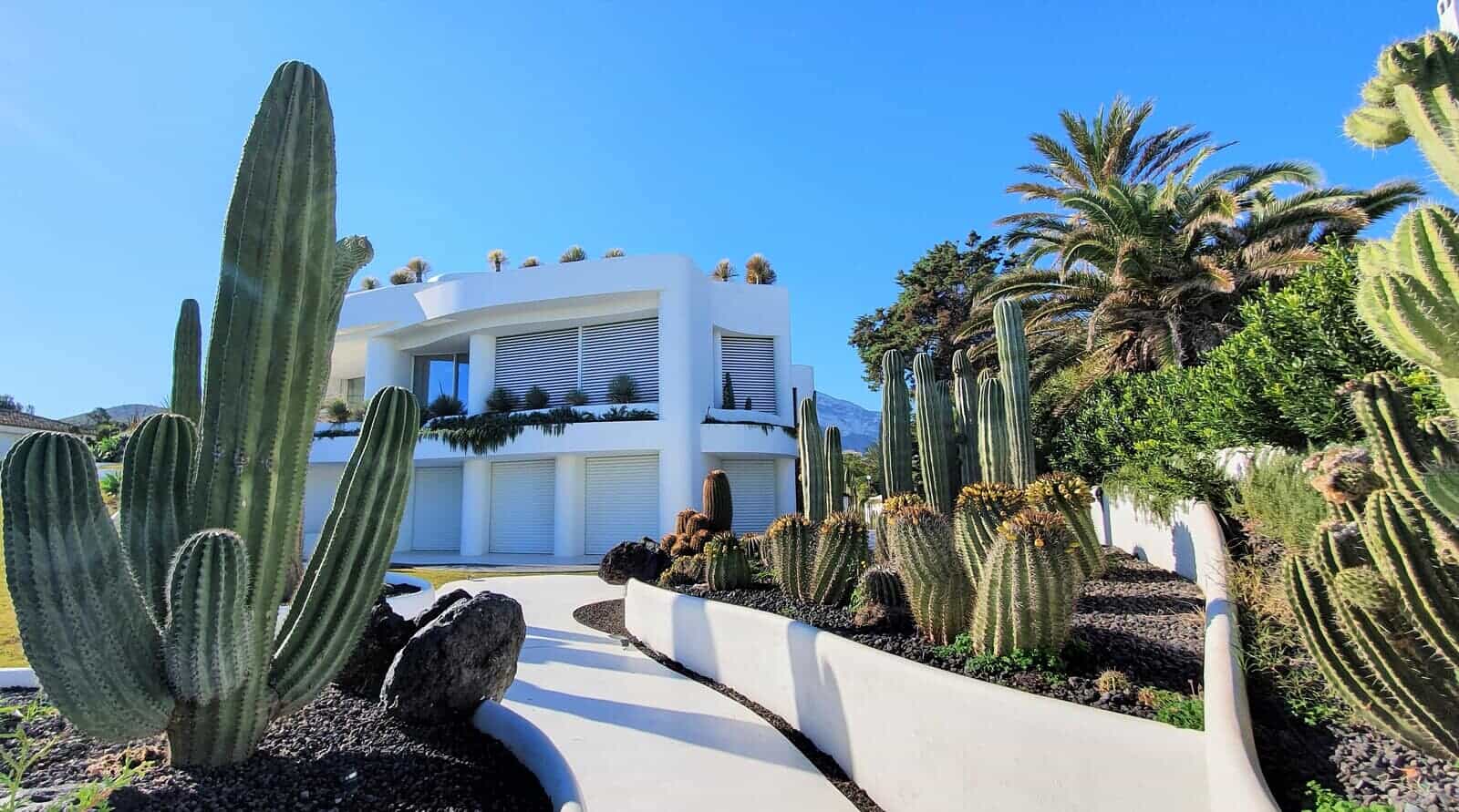

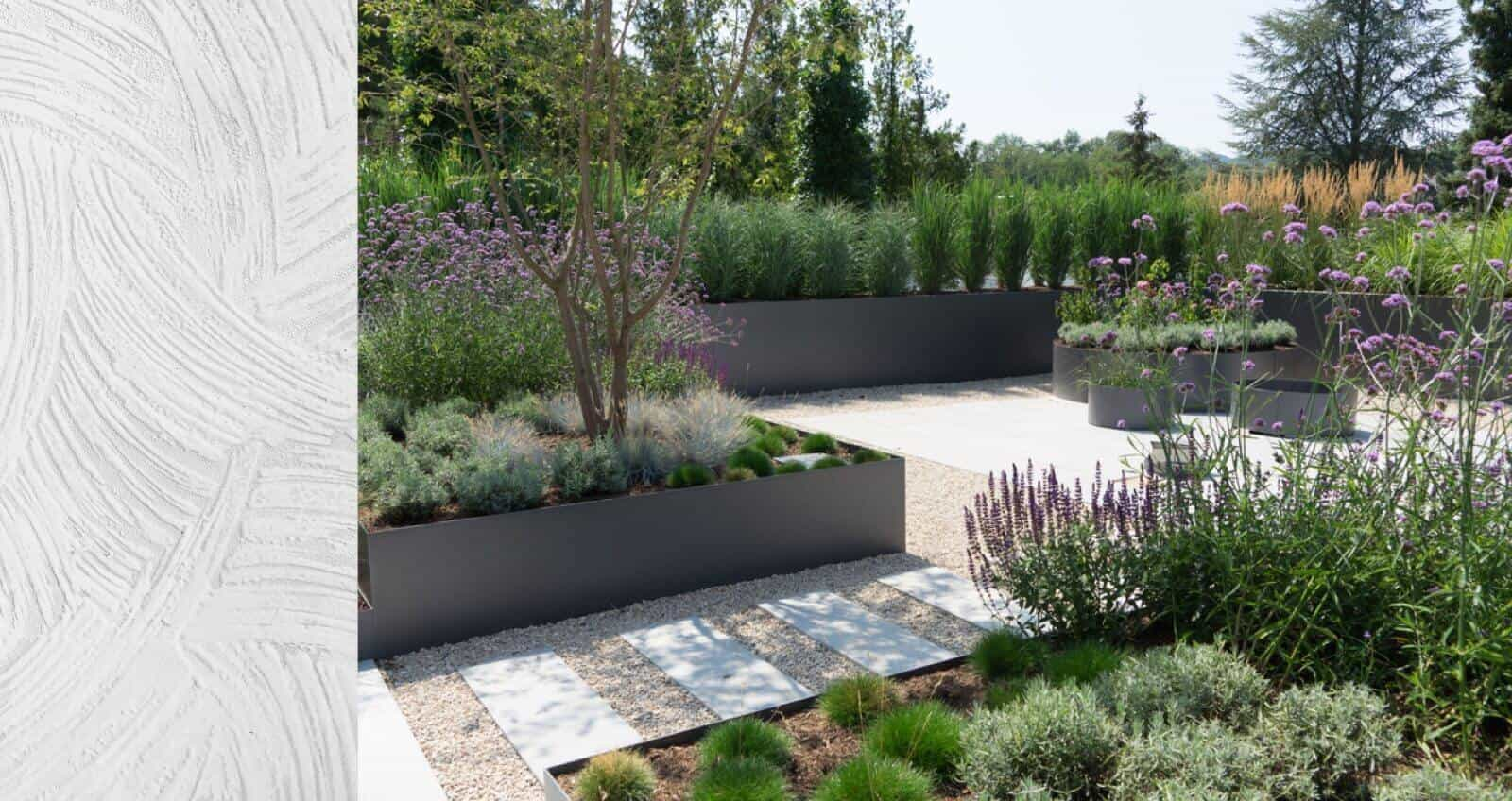
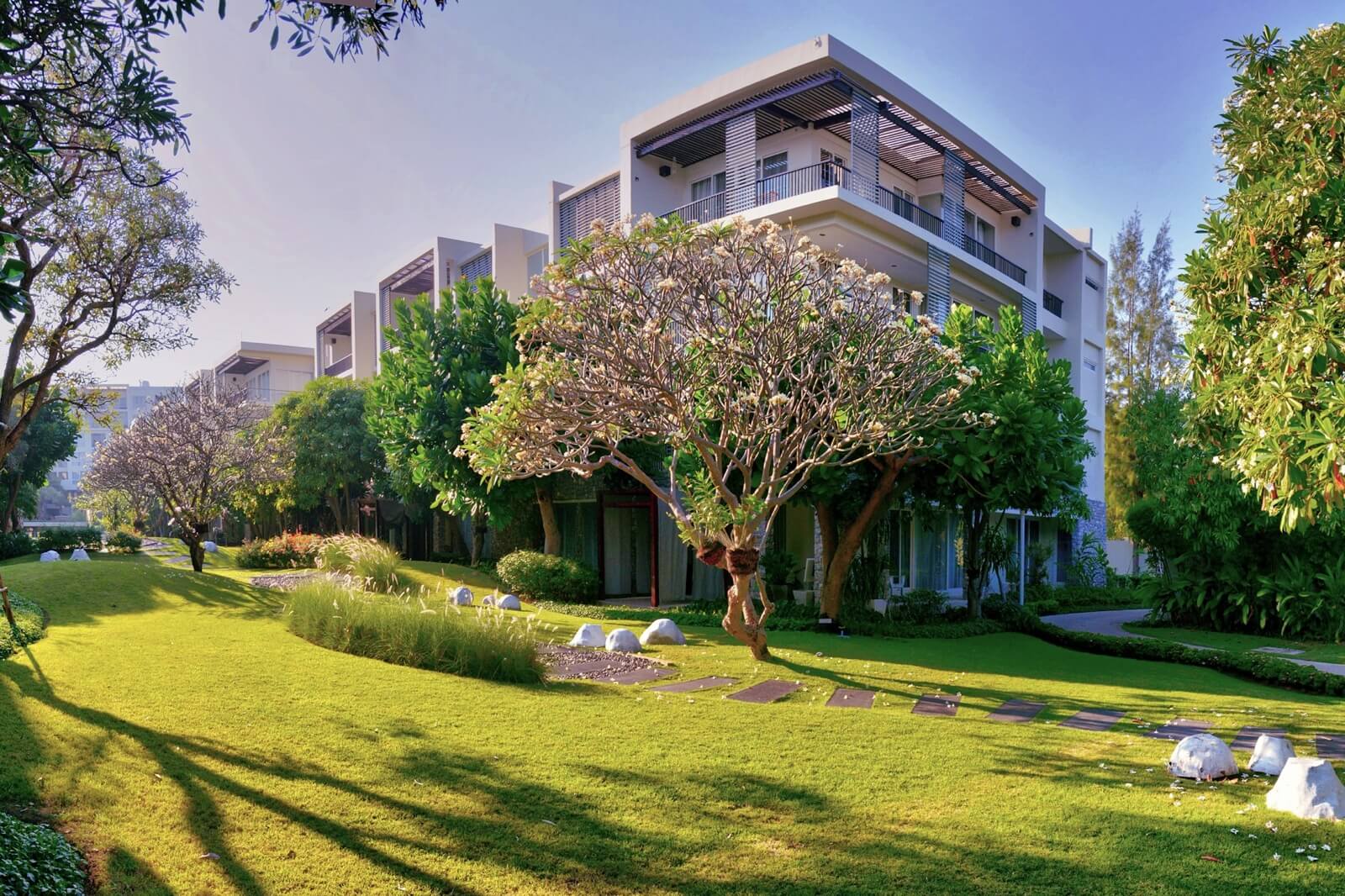
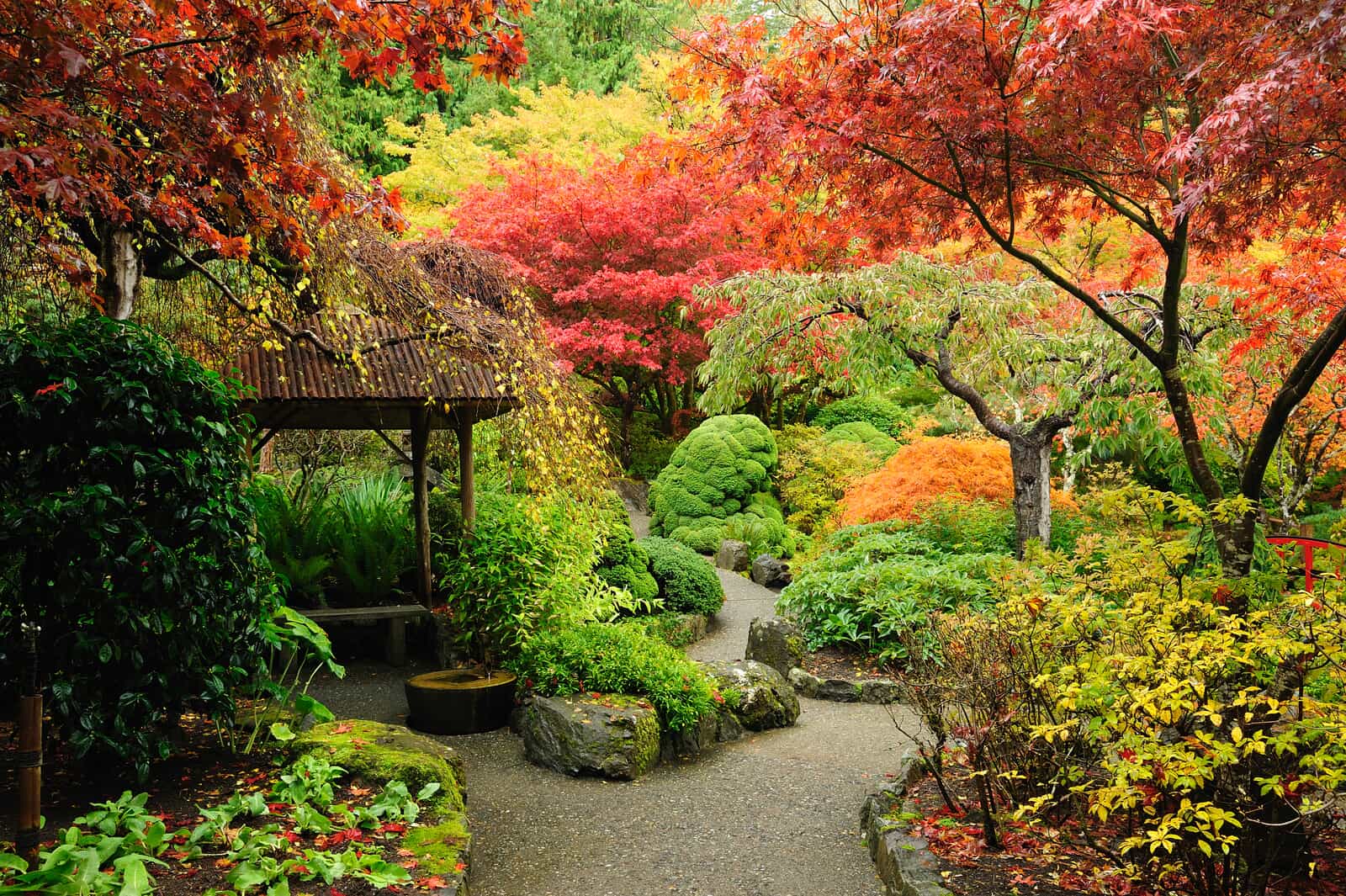
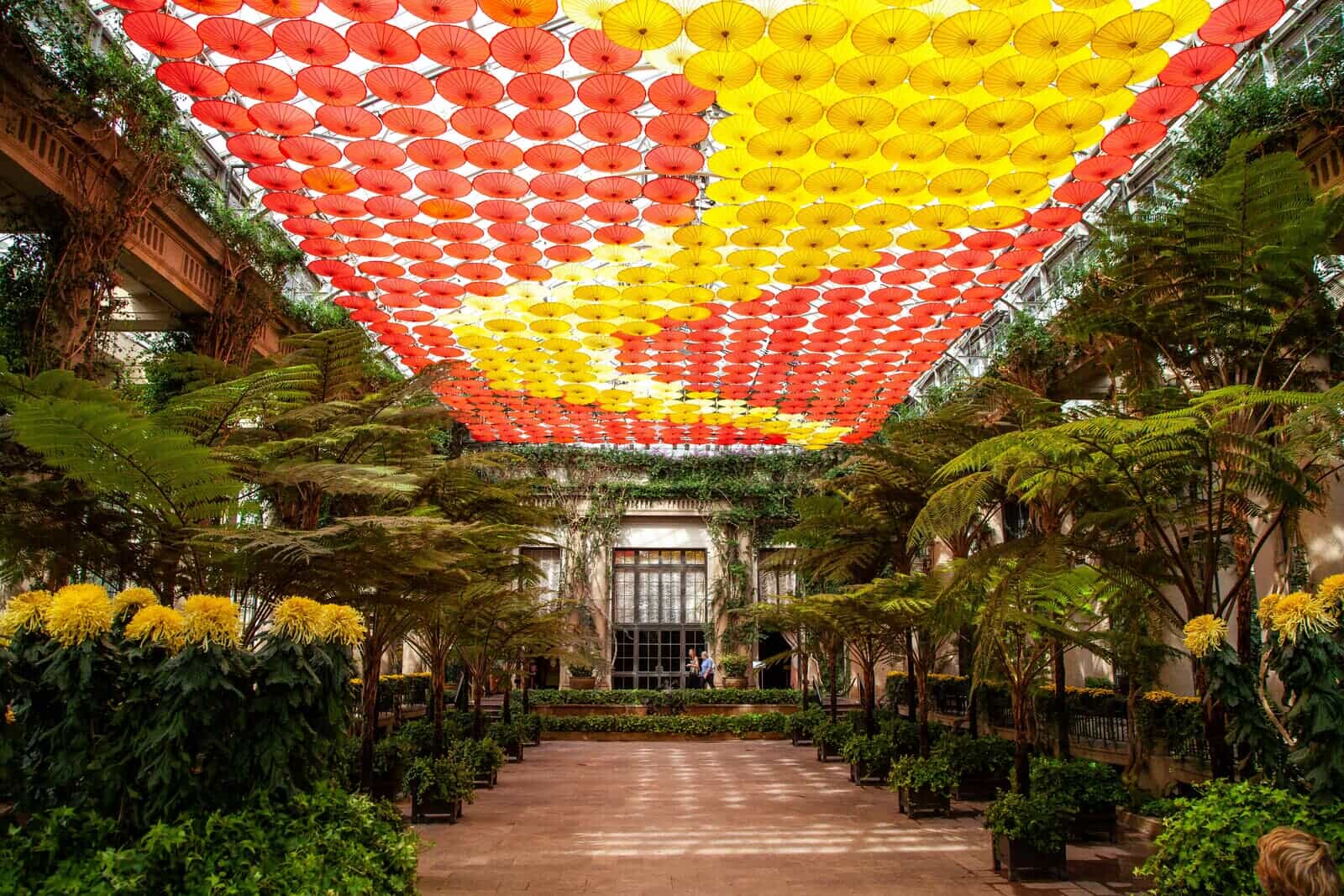

Landscape architects create attractive and functional public parks, gardens, playgrounds, residential areas, college campuses and any public spaces.
Landscape architects are also responsible for planning the locations of buildings, roads, walkways and all other structures within the environment.
They can incorporate a number of elements into a landscape design, such as a swimming pool, native grasses, a fire pit, native plants, flowers, lawn style, etc. They can also incorporate their designs in a backyard, front yard, or patio setting. Although they mostly work on large-scale projects there is no reason that landscape designers cannot help with the design of your personal house, yard, and garden as well.
Simply put, the difference is that a landscape designer has a degree from a licensed university. They often work both with the soft elements (plants, soil, etc.) and hardscape (concrete, stone, etc.). Garden designers, on the other hand, do not need to have a degree in order to call themselves garden designers. They often work on smaller projects, not necessarily corporate, but can take on corporate work if they have enough experience and drive. They also usually require additional training before attempting to work with hardscape, ordinarily, they predominantly work with softscape only.
While it is common for landscape designers to refer to themselves interchangeably as a landscape or garden designer, a garden designer will not be able to use the terms interchangeably as they do not have the necessary qualification to be called a landscape designer.
In a nutshell, landscape architects can help you make extensive outdoor improvements. For example, if you have a two-acre plot of land and you don't know what to do with it, landscape architects can help you maximize that space.
If you are concerned about the climate and want to do your part to make sure that your house and garden is filled with attractive outdoor spaces where indigenous plants can thrive and sustainable materials can be incorporated into your yard or patio design, a landscape designer is the perfect choice of professional for the job.
Typically, a landscape designer will work on a concept to go over with you during your first meeting. This initial proposal will include the overall layout and flow of beds in your garden or patio. It will also include their idea of the placement of trees, shrubs and perennials.
When trying to decide on which designer to use for your garden project it is best to take a look at two things. Firstly, you would want to see the designer portfolio so that you can get an idea of the type of garden that this specific designer works best on. You would also want to look at customer reviews of different designers. If designers cannot produce reviews or feedback for their garden work then it might be best to investigate other designers instead.
Landscape architecture requires a certain level of skill and expertise, so when trying to find the best possible designers for your garden project you want to make sure that you have considered all the candidates thoroughly.
When planning your restaurant layout, first think about creating establishments that have an inviting effect. This will help you in designing a plan that supports your workflow and solidifies your brand.
When the first step is done, consider several factors and details to incorporate into your plan, including outlining each working area in the restaurant, considering seating capacity, giving sufficient lighting, designing restrooms and laying out your kitchen and bars.
If your location includes an outdoor or garden space you would also need to consult with a landscape designer. It is highly advised to make enquiries in order to ensure that you hire professional landscape designers who will provide you with the best landscape design for your garden. Ideally, the landscaping around your restaurant will complement the interior and the architecture of the property and will bring together innovative ideas at various levels to provide you with a design that will be inviting and complimentary of your professional needs.
Traditional Thai design incorporates the use of geometric patterns and patterns inspired by nature on a space's walls and decor. A modern Thai style typically doesn't use patterns and focuses on creating clean lines, space and calm.
